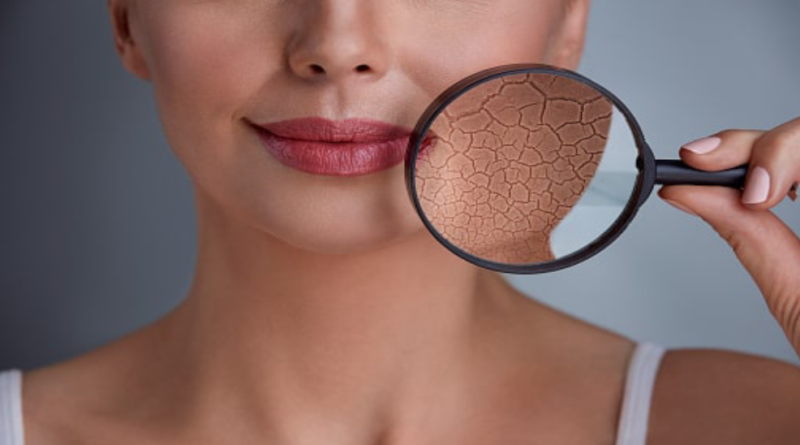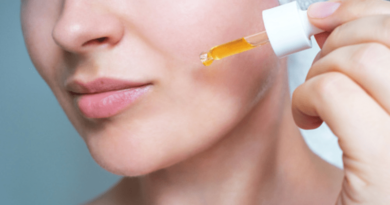Sun Damage Skin Care Treatments at Home
There are several different types of treatments for sun damage. These treatments include vitamin C and retinol, which can help protect your skin from the harmful effects of UV rays. Another type of treatment uses acid solutions to help reverse the damage caused by the sun. These solutions can be used at home or applied to your skin on a daily basis.
Exfoliation
Exfoliation is important for healthy skin, especially after the sun has damaged it. A good home exfoliation product will remove dead skin cells, improve circulation, and bring nutrients to sun-damaged skin. You can use a scrub or powered facial brush. In addition to a facial brush, you can also apply a scrub or mask that contains antioxidants and moisturizing ingredients. Some of these products can be purchased at stores, and you can also try them out.
Natural exfoliators are also effective for sun damage. Jojoba beads or ground apricot kernels are excellent natural exfoliators. You can also use face oils to help restore the luster of your skin. Supplements may also help, depending on your age, health, and diet.
Vitamin C
In addition to its anti-inflammatory properties, Vitamin C is known to help fight the effects of sun damage. It also speeds up the production of collagen and elastin, which are essential for young-looking skin. It also acts as a natural regenerating agent for the skin.
Vitamin C can be purchased in many forms, including skin creams and serums. Those containing the active ingredient should be purchased in concentrated form and stored in dark bottles to prevent oxidation. It should also be applied immediately after cleansing.
Retinol
There are several benefits of retinol for sun-damaged skin care at home, but the ingredient can cause irritation in sensitive skin. For this reason, it is important to start off slowly and test a small area on your skin before using it every day. Once the skin gets used to the product, side effects should diminish.
Topical retinol creams and lotions contain high levels of retinol, which can help reverse the effects of sun damage. These products can be purchased over the counter and can be used to treat any existing sun damage. However, for stronger results, you should use prescription-strength retinol. This ingredient helps reverse textural changes in the skin, making the dermis thicker and more supple.
Aloe vera gel
Aloe vera gel is a good choice for soothing sun-damaged skin. It can be used as a topical treatment or taken orally. It is important to use a fragrance-free product. Apply the gel to the affected area after a cool bath, and you can repeat the treatment several times throughout the day. For maximum benefits, you should apply the gel thoroughly to the skin.
It is also good for the face and lips. It has many benefits, including its anti-inflammatory and hydrating properties. It can even help prevent premature skin aging. It also soothes and protects the skin from bacterial infections.
Apple cider vinegar
You can use apple cider vinegar as a skin care treatment to reduce the appearance of hyperpigmentation. However, it may not be the right choice for all skin types and may even harm your skin. In fact, other home remedies may be better suited to your skin.
The combination of apple cider vinegar and onion juice will lighten your skin tone and help reduce blemishes and dark spots. You can mix the two in equal amounts and apply the mixture to your face. You can also use it on your chest, hands, and feet.
Onion juice
An onion is packed with antioxidants and can be used as a skin-lightening agent. The juice can also be mixed with olive oil or almond oil. Apply the mixture to your skin in the sun-damaged areas and leave it on for at least 15 minutes before washing it off. You can apply this remedy to your body twice daily or whenever needed to reduce pigmentation. It is also very effective at combating blemishes.
Onions are rich in vitamin C, which helps improve cell turnover and reduce the appearance of redness and acne. They can also be used to combat the bacteria that cause acne and reduce the appearance of acne scars. If you don’t have access to a juicer, you can simply slice an onion and apply the juice to your skin with a cotton ball. For best results, use the juice on your skin several times a week.
Chemical peels
If you’ve been exposed to the sun and have skin that shows signs of aging, chemical peels can be an effective way to improve the appearance of your skin. Generally, peels are done by removing the outer layer of the skin. They can help to reduce fine lines, even skin tone, and pigmentation. Depending on the severity of the skin damage, you can choose a light or medium chemical peel. Light peels are the least invasive and are typically done in a series of treatments. The recovery time for a light peel is typically less than two days.
Chemical peels can be performed in a doctor’s office or surgery center. This outpatient procedure involves a professional cleaning your skin with a special solution. Next, the professional will apply the chemical solution to your skin. This creates a controlled wound so that new skin can grow. The process can cause a mild to moderate burning or stinging sensation that lasts between five and ten minutes. Some patients may require pain medication or cold compresses to minimize any discomfort after the procedure.



